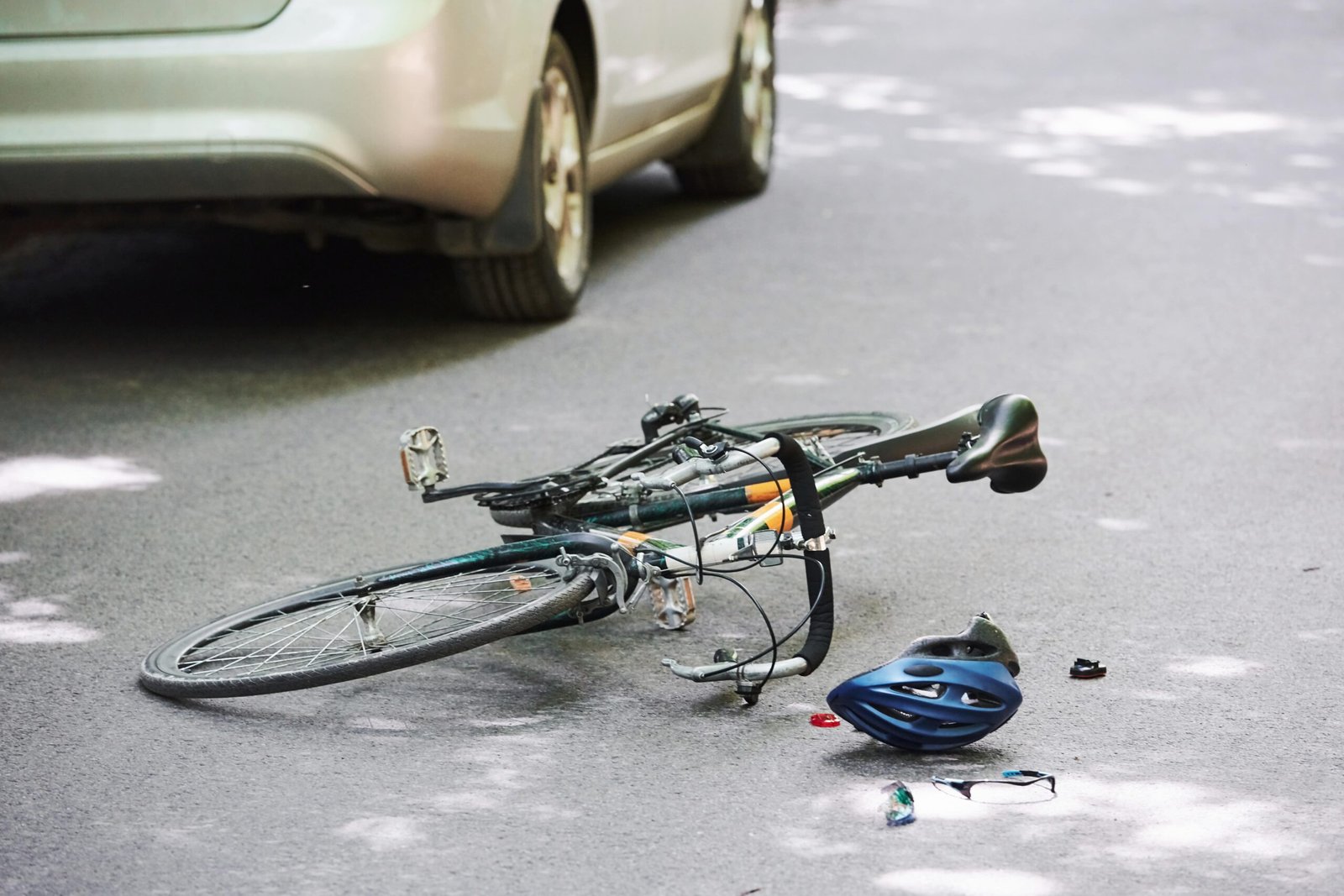Hit & Run
Hit & Run Attorneys in Southern
California
Serving Banning, Blythe, San Bernardino, Palm Springs, San Diego, El Centro, Indio, Riverside, Rancho Cucamonga and surrounding areas.
At The Law Offices of Shaffer Cormell, we understand that a hit and run accident can be a traumatic and overwhelming experience. Whether you’ve been the victim of a hit and run or are facing charges related to leaving the scene of an accident, our experienced attorneys are here to provide the legal support you need. We specialize in hit and run cases, offering expert guidance to protect your rights, navigate the complexities of the legal system, and work toward the best possible outcome. Our team will carefully review the details of your case, gather evidence, and develop a strong legal strategy tailored to your situation. With decades of experience in personal injury and criminal defense law, Shaffer Cormell and his team are dedicated to delivering compassionate and professional representation.



Elements for Hit and Run
A hit and run is defined under California Vehicle Codes 20001 and 20002 as the failure to stop and provide identifying information after being involved in an automobile accident that resulted in property damage or personal injury. After being involved in an accident, drivers must present their driver’s license, vehicle registration, and current residential address to everyone else involved in the accident. If there is an accident involving a parked car and the other driver is not present, the driver who caused the accident must leave a note in an obvious location that contains their name, home address, and a brief description of what happened.
Vehicle Code 20001 makes it a felony for a driver involved in an accident to leave the scene when someone has been injured or killed.
There are four elements the prosecution must prove beyond a reasonable doubt in order to convict a defendant under VC 20001:
The defendant was driving before being involved in the accident.
The accident injured or killed someone other than the defendant.
The defendant knew or should have known another person was hurt by the accident.
The defendant willfully failed to do any of the following: Pull over at the scene of the accident, provide reasonable assistance to anyone who is injured, provide identifying information to the injured person or a police officer.
a
The prosecution must prove the defendant was the one driving before the accident to secure a conviction for a felony hit and run.
The prosecution must prove the defendant knew or should have known,
Finally, the prosecution must prove the defendant willfully failed to perform any of the following duties after an accident:
Pull over
Provide reasonable assistance to anyone harmed by the accident
Provide identifying information
If a defendant fails to perform even one of these duties this element of the crime will be satisfied.
“Reasonable assistance” means contacting paramedics to provide medical care for the injured party. A driver does not need to provide medical care themselves however if they do begin treating an injured driver they may be liable for any harm caused by that treatment and they must continue the treatment until professionals arrive. It is generally best not to treat an injured driver because it creates added liability and calling for professional help should always be the first response. This element of the crime requires the defendant to act “willfully” i.e. intentionally. A defendant who only accidentally fails to perform their duties cannot be convicted of felony hit and run. For example, a driver hits a parked vehicle and leaves a note on the windshield before driving off. However, a man was sleeping in the parked vehicle’s backseat and was injured by the accident. Even though the driver failed to provide reasonable assistance to the injured man, the driver did not do so willfully because he had no reason to believe there was someone in the vehicle. Therefore the driver cannot be convicted of felony hit and run because his failure to provide reasonable assistance was not willful.
Vehicle Code 20002 makes it a misdemeanor for a driver involved in an accident to leave the scene when the property has been damaged.


Another way to defeat a hit-and-run charge is to show the defendant was not the one driving at the time of the accident.
For example, a man borrows his friend’s car for the weekend and gets into an accident. The man does not stop or provide identification but the other driver gets the license plate number before the man drives away. The other driver calls the police who use the license plate number to track down the friend. However, the friend can show he lent his car to the man and was not driving at the time of the accident thereby defeating the hit and run charge.
Vehicle Code 20002 makes it a misdemeanor for a driver involved in an accident to leave the scene when the property has been damaged.
Three common defenses against misdemeanor hit and run are:
Showing there was no property damage
Showing the defendant did not realize there was an accident
The drivers agreed to a civil compromise
q
